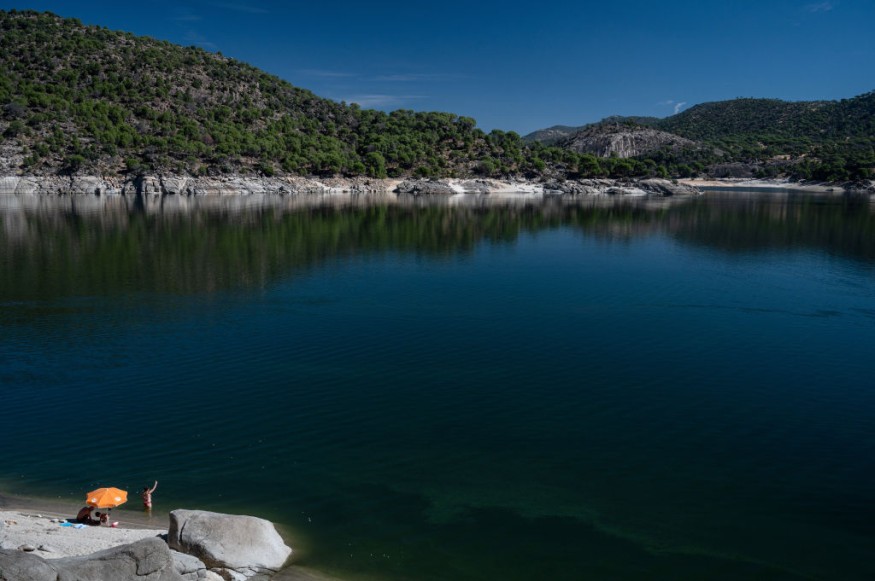The global water cycle is changing due to the potential influence of climate change and global warming, according to a new report. This alteration in the natural flow of water on Earth could lead to extreme weather events and vice versa.
2022 Summary Report

There are alarming changes within the world's global water cycle due to a number of weather and climate factors such as the dominance of warmer than average ocean waters in the western Pacific Ocean and cool waters in its eastern counterpart, according to the 2022 Summary Report by the Global Water Monitor, a joint public good initiative by the following universities and organizations:
- Australian National University
- GloH20
- King Abdullah University of Science and Technology
- Haizea Analytics
- Vienna University of Technology
- Flow Matters
The report started with the reiteration of 2022 which saw the occurrence of the third consecutive La Niña year, the deadly floods in Pakistan, and the intensification of multiple drought events in eastern South America, western United States, and the Horn of Africa.
The assessment also adds the evidence of a changing global water cycle can be seen with the combined negative Indian Ocean Dipole, bringing relatively warm sea water in the eastern and northern Indian Ocean, as well as cool water in the west.
With this, a massive heatwave developed across South Asia early in 2022, when it was followed by a strong monsoon with heavy rain and caused flooding in several countries, including the following:
- Afghanistan,
- Pakistan
- India
- Cambodia
- Thailand
- Australia
Global Water Cycle Changes
The findings on the report was made possible after a research team, which is tracking the global water cycle, analyzed observations from over 40 satellites that continuously monitor the atmosphere and Earth's surface. The team then merged the said observations with data from thousands of weather and water monitoring stations on the surface, according to Phys.org.
The Global Water Monitor reportedly concludes that the Blue Planet's water cycle is evidently changing, particularly due to the air getting hotter and drier. This means extreme weather events or natural disasters like droughts and fire weather conditions are developing faster and more frequently, Phys.org says.
What is the Global Water Cycle?
The National Oceanic and Atmospheric Administration (NOAA) stated the water cycle pertains to the continuous movement of H20 within the Earth and its atmosphere; it is a complex system which includes many different processes, including the precipitation.
In this process, liquid water evaporates from the surface and turns into water vapor, which then condenses to form clouds and precipitates back to Earth in the form of either rain or snow, the NOAA explains. Moreover, while the cycle seems linear, climate change can also affect the process.
For instance, extreme weather events like droughts and heavy precipitation are expected to increase as the climate crisis can impact water resources. The agency implies that the lack of adequate water supplies and other natural challenges can affect our economy, energy production, human health, agriculture, transportation, natural ecosystems, and among others.
© 2025 NatureWorldNews.com All rights reserved. Do not reproduce without permission.

